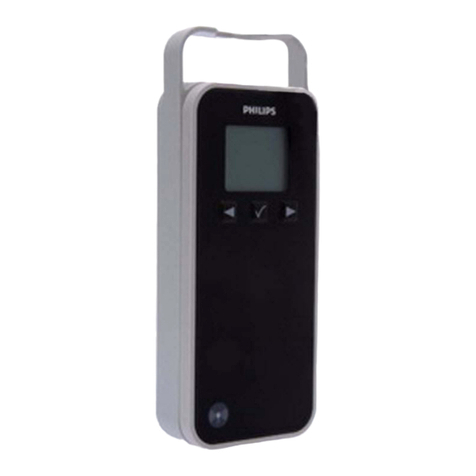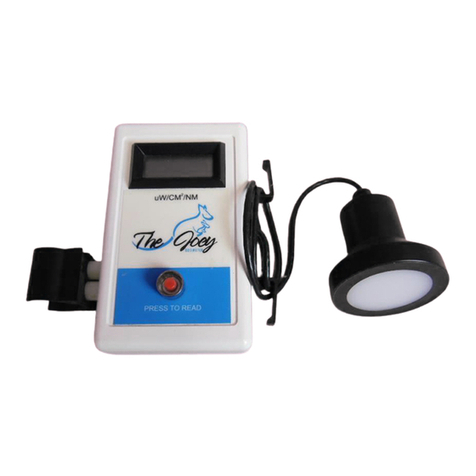Philips PM 6303 User manual
Other Philips Measuring Instrument manuals
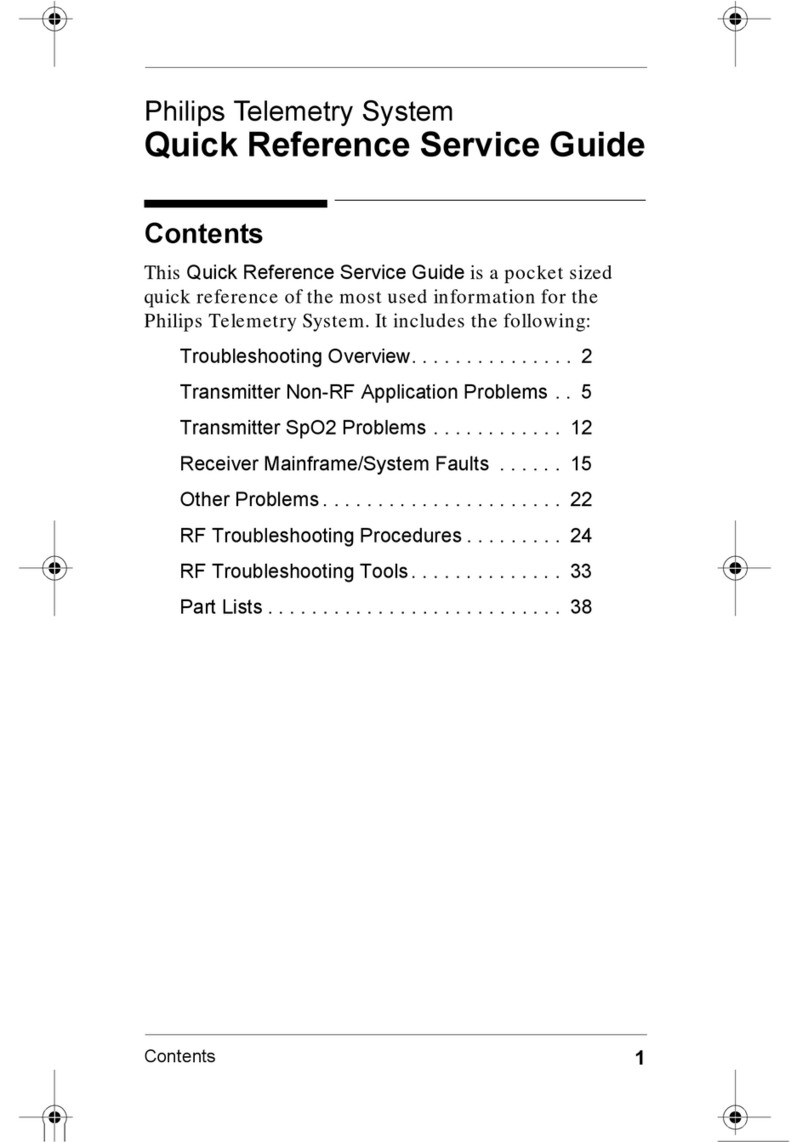
Philips
Philips IntelliVue Use and care manual

Philips
Philips CVR708 Product information sheet

Philips
Philips PM8936/09 User manual

Philips
Philips SCOPEMETER PM93 User manual

Philips
Philips SmartSleep HH1607/02 User manual

Philips
Philips DVP3600 User manual

Philips
Philips VR750 User manual

Philips
Philips PM 6303 User manual

Philips
Philips D8714 User manual

Philips
Philips N 7300 User manual

Philips
Philips PM8926/59 User manual
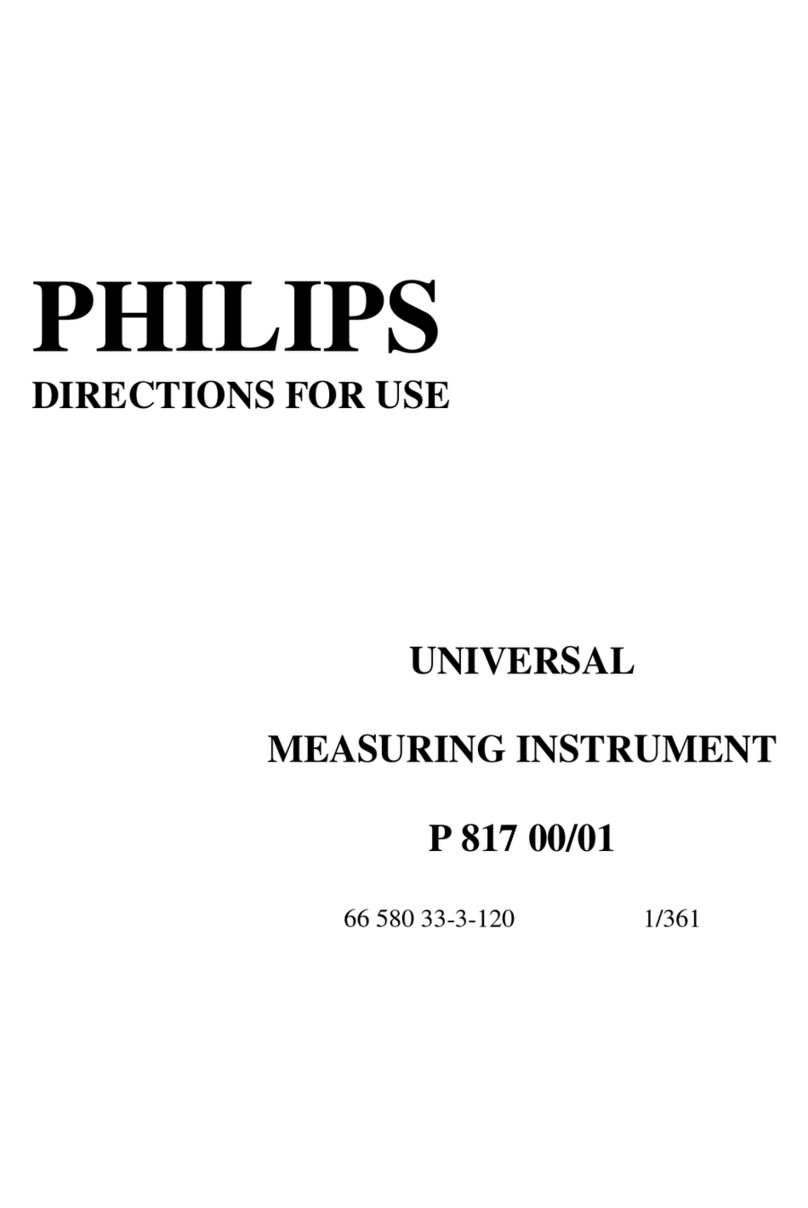
Philips
Philips P817 00/01 Manual
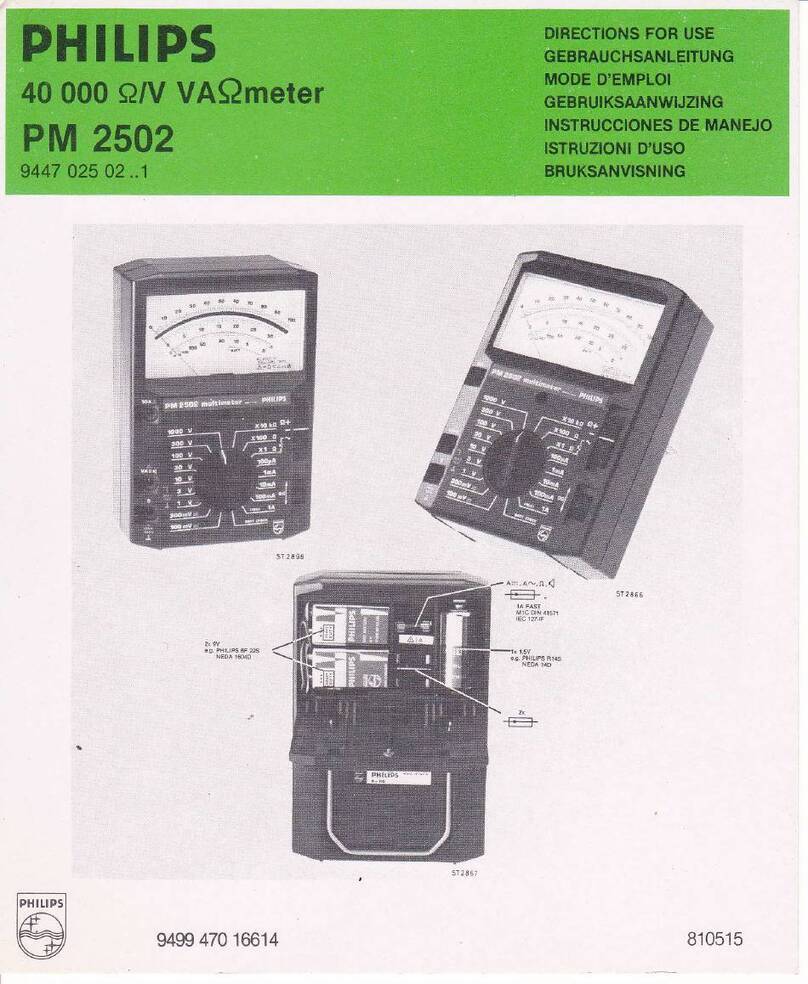
Philips
Philips PM 2502 Manual

Philips
Philips 22RR454/00 User manual

Philips
Philips PM 6303A User manual
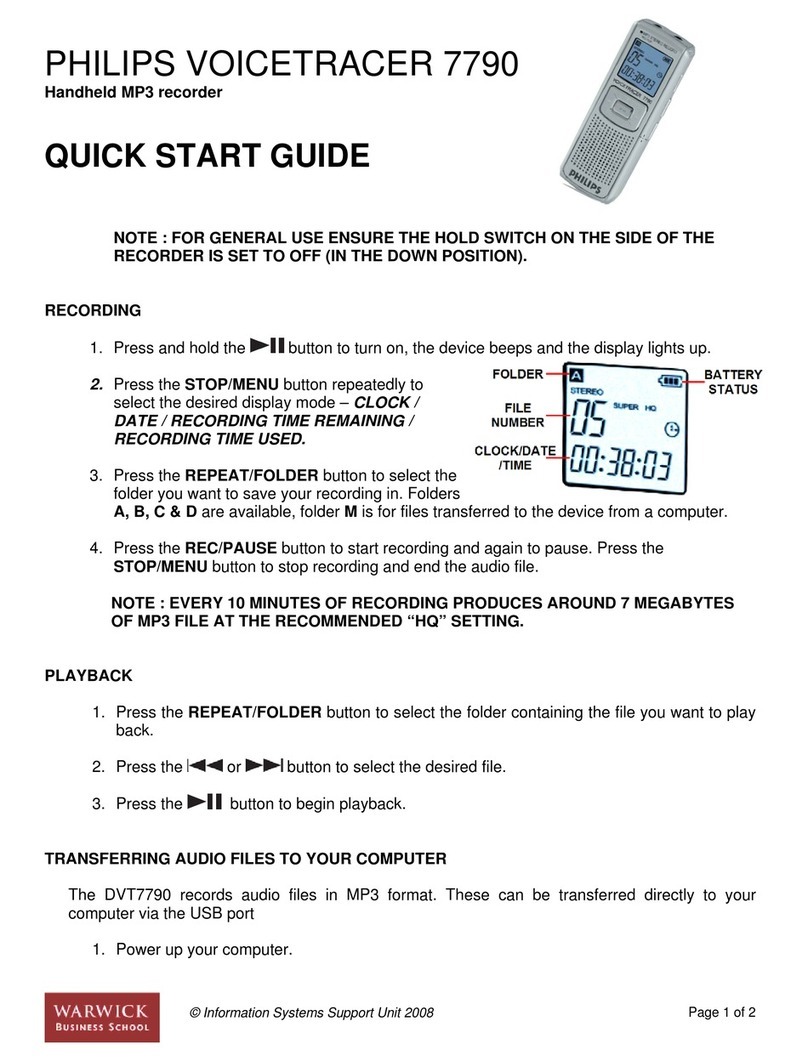
Philips
Philips VOICETRACER 7790 User manual
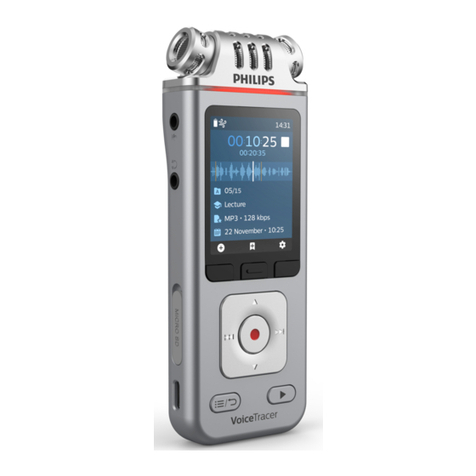
Philips
Philips VoiceTracer DVT4110 User manual
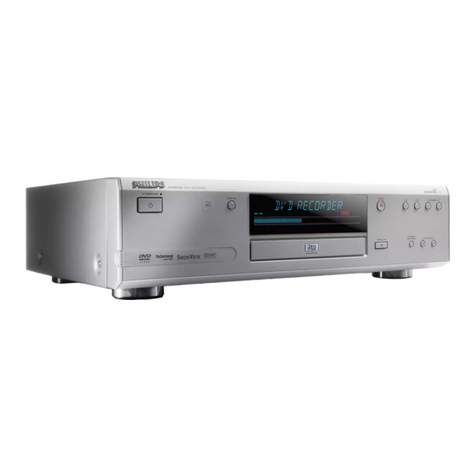
Philips
Philips DVDR980 Reference guide
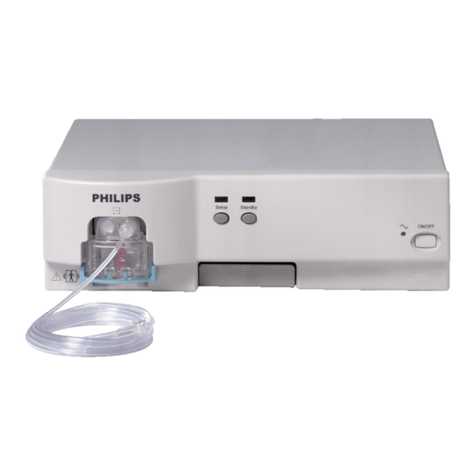
Philips
Philips M1013A IntelliVue G1 User manual

Philips
Philips TR-1 User manual
Popular Measuring Instrument manuals by other brands

Powerfix Profi
Powerfix Profi 278296 Operation and safety notes

Test Equipment Depot
Test Equipment Depot GVT-427B user manual

Fieldpiece
Fieldpiece ACH Operator's manual

FLYSURFER
FLYSURFER VIRON3 user manual

GMW
GMW TG uni 1 operating manual

Downeaster
Downeaster Wind & Weather Medallion Series instruction manual

Hanna Instruments
Hanna Instruments HI96725C instruction manual

Nokeval
Nokeval KMR260 quick guide

HOKUYO AUTOMATIC
HOKUYO AUTOMATIC UBG-05LN instruction manual

Fluke
Fluke 96000 Series Operator's manual

Test Products International
Test Products International SP565 user manual

General Sleep
General Sleep Zmachine Insight+ DT-200 Service manual
